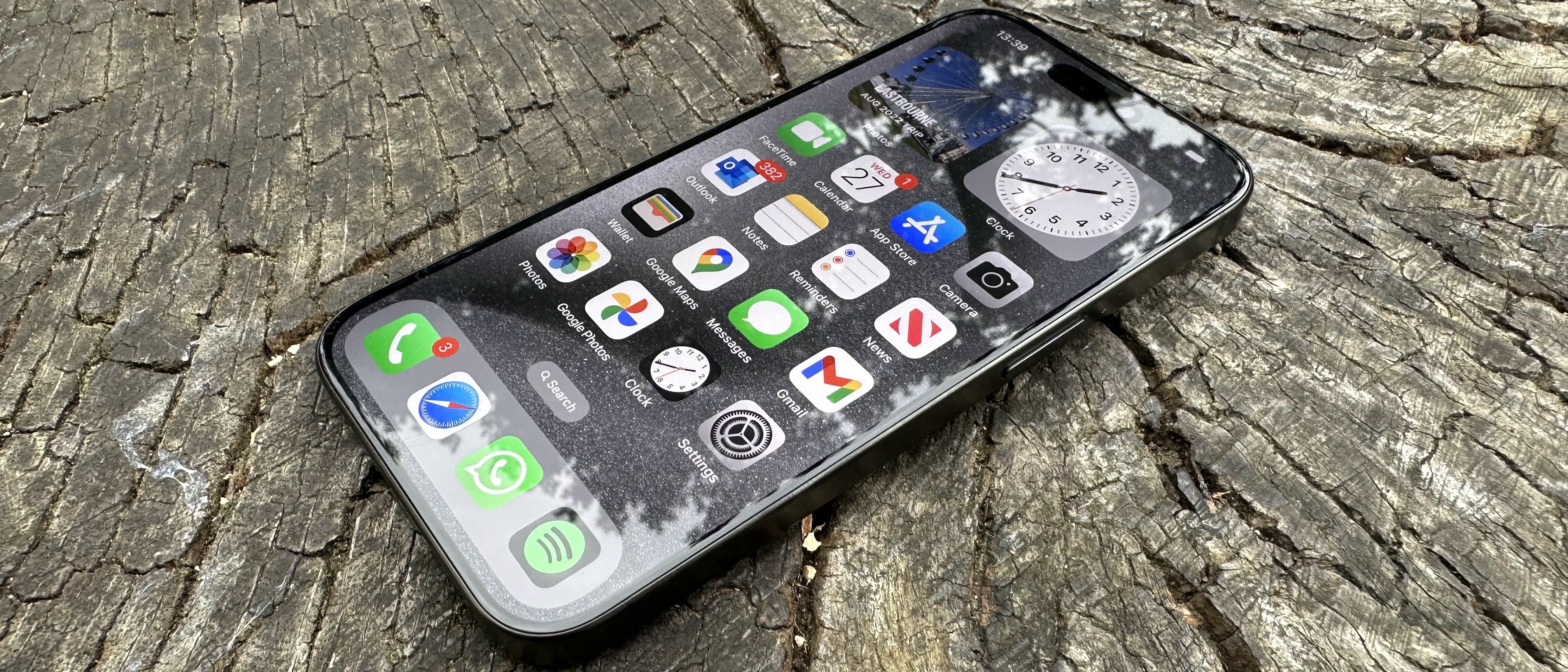
This iPhone 16 supply chain update is good news for users looking forward to this year's upcoming models. Apple has approved displays for all iPhone 16 models for production, meaning that they'll start being made in the coming weeks.
Apple has officially given the green light to Samsung Display and LG Display for mass production of OLED screens for the highly anticipated iPhone 16 Pro models. According to Korea's The Elec, both suppliers got their approval earlier this month, so it’s all systems go for the screen production line.
Samsung Display is set to be the main player here, providing OLED screens for all four iPhone 16 models. Not to be left behind, LG Display is stepping up its game and will supply screens exclusively for the iPhone 16 Pro models. And let's not forget BOE, who will chip in with displays for the iPhone 16 and 16 Plus. Last year, LG Display was lagging behind Samsung Display, getting the nod for iPhone 15 Pro screens months later than their rival. But this time around, LG is on the ball, ready to compete head-to-head with Samsung.
Good news for iPhone 16 availability?
Samsung Display is on track to finish the approval process for the iPhone 16 Pro Max's screens by the end of the month, while LG Display is set to follow by mid-June. As it stands, Samsung has approval for the standard iPhone 16 and the iPhone 16 Pro, with the Plus and Pro Max models just around the corner.
This is a positive sign for iPhone 16 availability when it launches. With the displays already entering production, the panels should be ready for assembly as September approaches. With things going to schedule, there is less chance of availability issues when it launches. In past years, some new iPhone models have struggled to meet availability.
Set to be the next best iPhone, the new model will offer a few changes from the current iPhone 15 line-up. Display wise, changes are expected to be fairly minor, with the most notable tweak being slightly thinner bezels. However, iPhone 16 is also expected to deliver camera upgrades across the line-up, as well as a new A18 chip, and a new Capture button dedicated to shooting video.



!["[T]he First and Fifth Amendments Require ICE to Provide Information About the Whereabouts of a Detained Person"](https://images.inkl.com/s3/publisher/cover/212/reason-cover.png?w=600)



